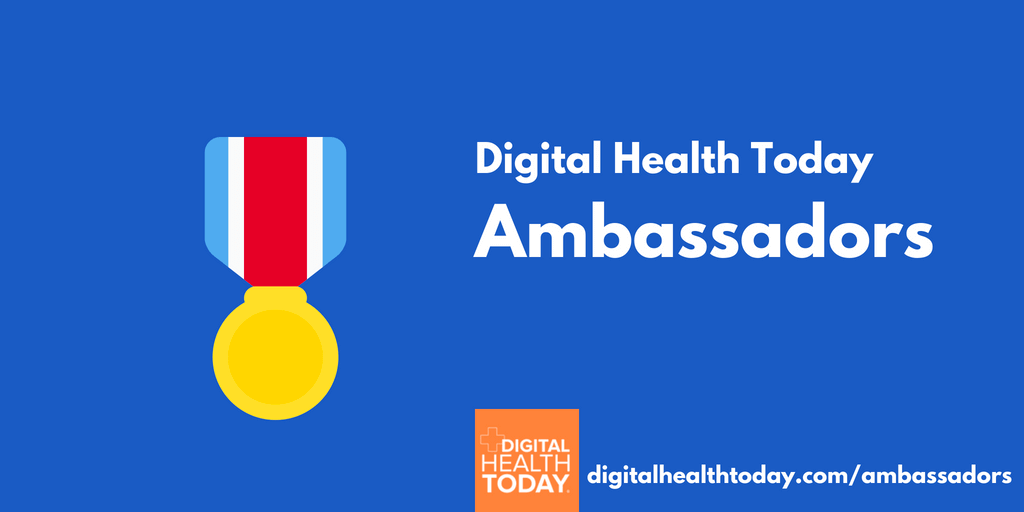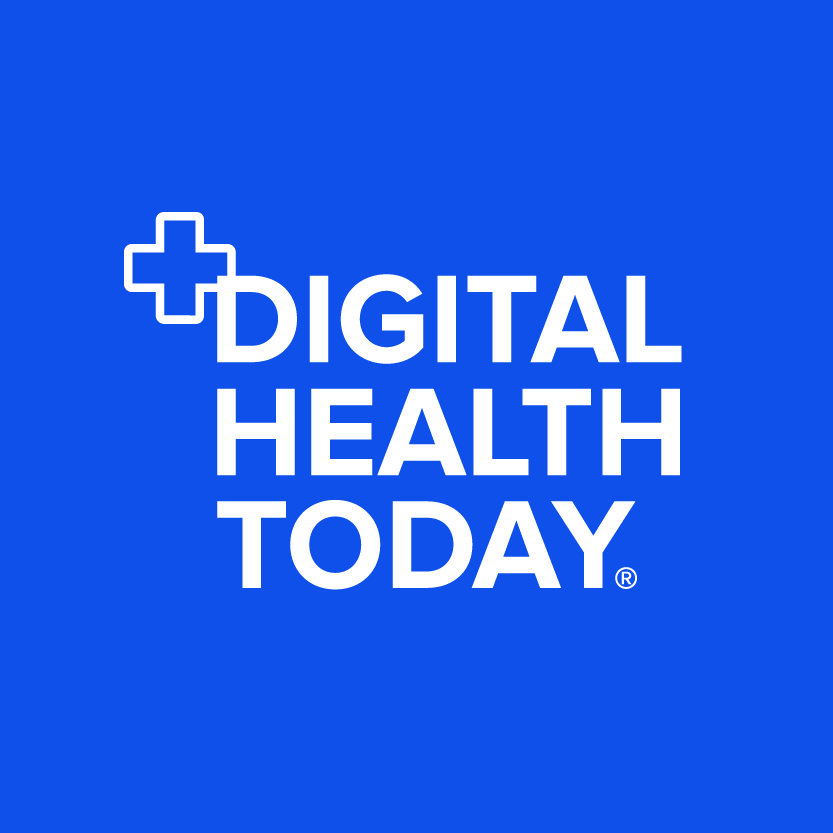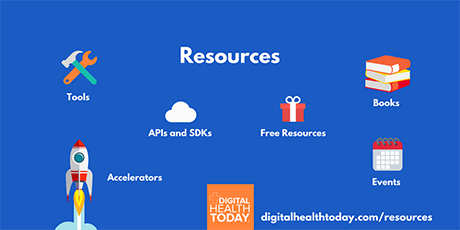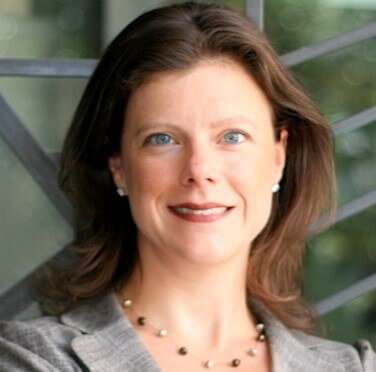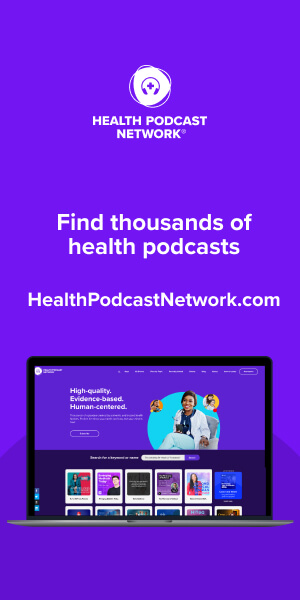Jim Joyce, Co-founder and CEO of HealthBeacon, on navigating the digital health market
Digital Health Today ambassador Carrie Nixon caught up with Jim Joyce at Connected Health Conference in Boston. Jim is the CEO and co-founder of HealthBeacon, a tool to manage medication adherence for patients who take injectable medications at home. Jim shared his product’s journey from inception to FDA approval, and offers advice to other entrepreneurs in the digital health field.
Q1: Tell me about what brought you here.
Jim Joyce: We build smart tools for managing medications, so we track the medical adherence of people that need to take injectable medications in the home setting. We’re at this conference because we received FDA clearance of our products about a year and a half ago, and now we’re launching our first big projects.
We’ve opened up a Boston office and we’re trying to create connectivity of the team and the brand into Boston and into the connected health system here. I try to talk to customers and clients and get exposure to our technology.
Q2: How long did the FDA process take?
Jim Joyce: We sold our product initially to large pharmaceutical companies, so they had put us through the wringer in terms of validation exercises, building the product to a very high standard quality-wise and documenting everything we did. As a company, we did a lot of work from the beginning. The actual FDA process probably took the best of 12 months to go through, but if we didn’t have all the pre-work done it could have been a lot longer. We had to hire external experts because no one ever invented a product like ours before; we had to teach the FDA how to evaluate it.
Q3: How are you tracking adherence with injectables?
Jim Joyce: Any patient that goes on an injectable medication needs something called a sharps or medical waste bin that sits at home. You’re not allowed to throw injectable waste into your household waste. So, our HealthBeacon device wraps around a traditional sharps bin. It’s a kind of patient observation tool.
After the patient takes their medication, they drop it into our device. We take a photo of the injection as it falls into the sharps bin and then use image recognition, timestamp the image, send it up to the cloud, and say the right medication was taken at the right time based on when the patient threw it away. The statistics are that one in two patients will fail on their chronic medication within 12 months.
Q4: What is the biggest challenge facing companies involved in digital health today?
Jim Joyce: The challenge is evolving for us. At first, there was a lot of excitement and initial funding that we went after. Our first year we were thinking, can we build the product? Can we get anyone to test it? Can we get some investment capital to fund it?
Now there’s a lot of products on the market; it’s quite noisy. It’s almost as if the healthcare systems are trying to ingest all this innovation. The buyers, the tastemakers, the procurement people, the innovation guys inside big companies are all evaluating an evolving landscape. The regulatory framework is just getting stabilized in terms of how we value these things.
All those things mean more time or risk for the entrepreneur. Something you thought might take six months might take 12 months.
Q5: What is the most interesting thing you’ve learned at the Connected Health Conference?
Jim Joyce: A lot of the products we’re seeing now seem to have a lot more traction and validation than I would have seen at conferences before. The evidence and validation around some of the technology is starting to become real. It feels like there’s a maturity of people here; it’s less kind of shiny objects or dream ideas. It feels like people are embracing it.
Q6: What advice do you have for others trying to innovate in the healthcare space?
Jim Joyce: If you’re going into a space like this, it’s noisy, and there’s lots of opportunity. You have to develop a very explicit focus plan; I call it the “one thing” – like what’s the one thing you’re going to bring to the market so you can become an expert in that area? Stay incredibly disciplined and then you have the advantage of information and expertise and focus.
Q6: What advice do you have for others trying to innovate in the healthcare space?
Jim Joyce: It’s an exciting time. We’ve just launched our first peer-reviewed evidence around patient adoption of our technology, where we were able to achieve close to an 80% long-term adoption of our technology because of the way we designed our product. On average, technology gets adopted in probably less than 50% of cases.

